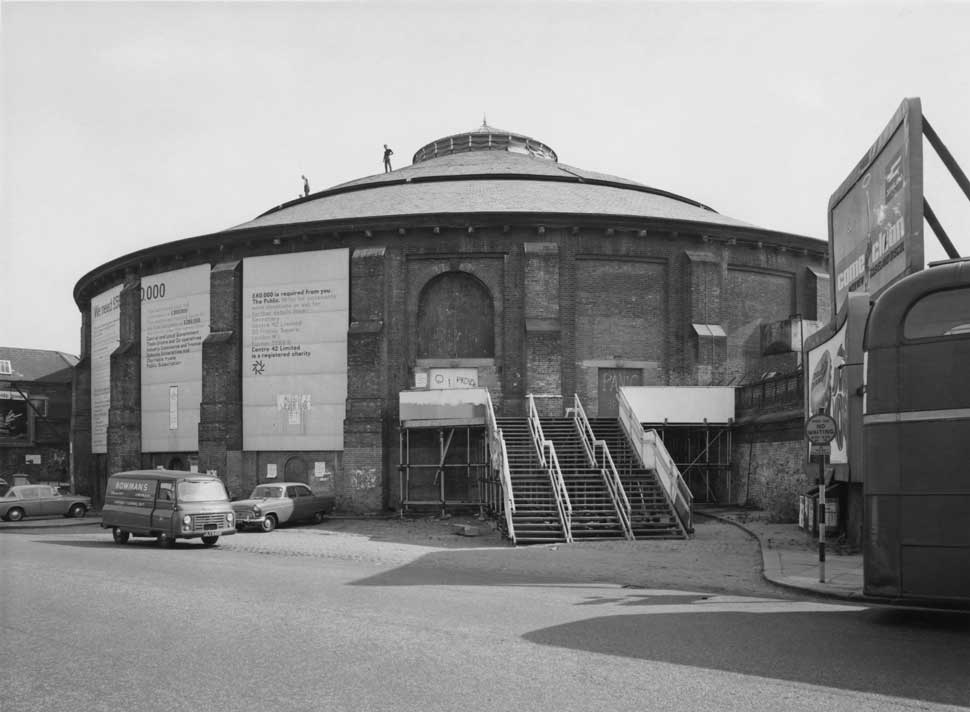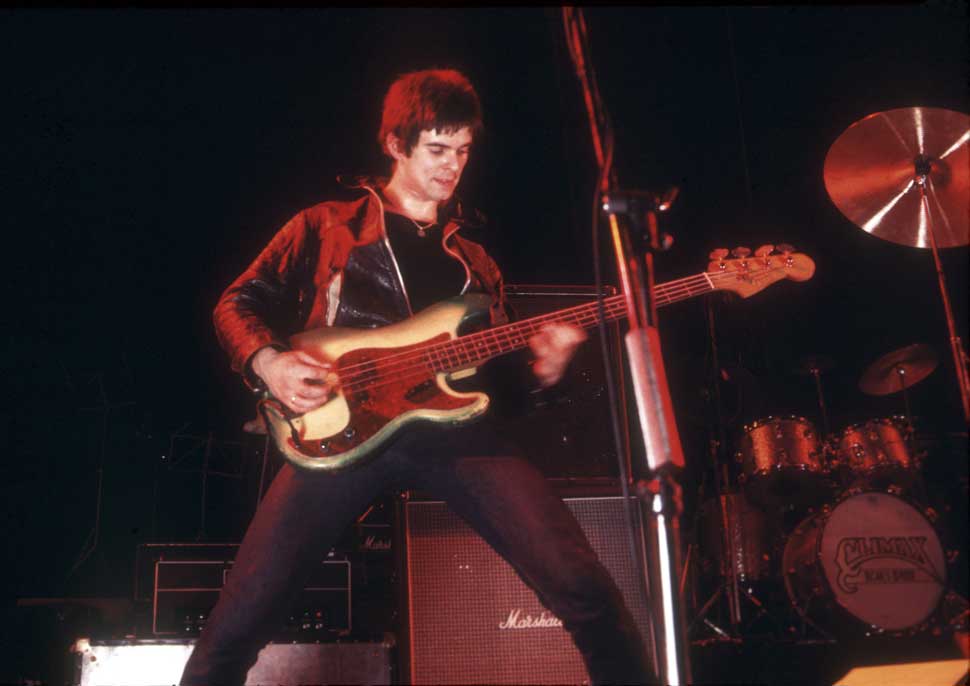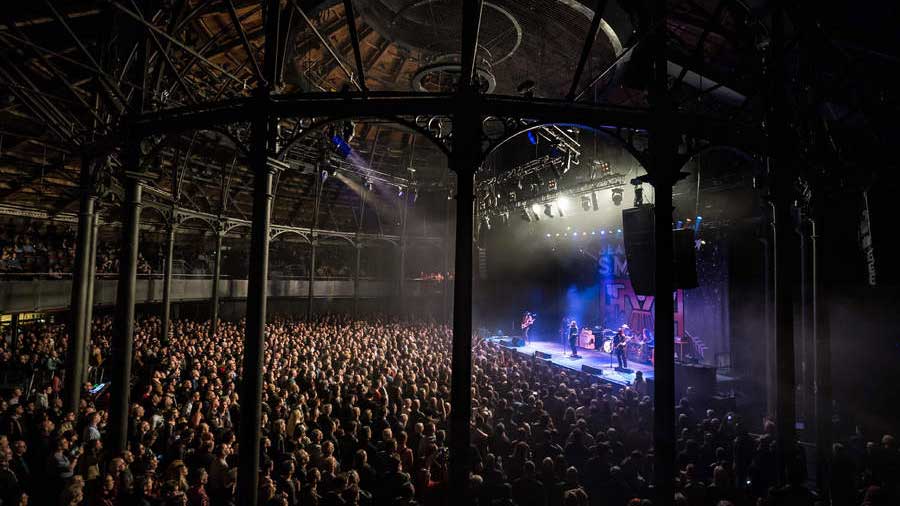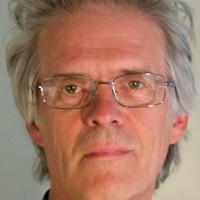‘’69 was cheapo wine / Have a good time / What’s your sign?
Float up to the Roundhouse/On A Sunday afternoon"
– Saturday Gigs, by Mott The Hoople
There aren’t too many venues immortalised in song. But when Ian Hunter name-checked the Roundhouse in Mott The Hoople’s 1974 hit Saturday Gigs the place had already secured a place in the hearts of London’s rock’n’roll fans. Some referred to it as England’s answer to The Fillmore West in San Francisco. And from the moment the first bands played at the Roundhouse, on October 15, 1966 – for an all-night rave headlined by Pink Floyd and The Soft Machine to launch the now legendary ‘underground’ newspaper International Times – this disused Victorian railway shed was probably the nearest thing to hippy heaven the nation had to offer.
By the time it closed, some 17 years later, the Roundhouse had hosted some of the most unforgettable gigs of all time. When it finally reopened as a music venue, in June 2006, it was a nostalgic time – and not just for the audiences. Among the musicians who took to the stage during the first few months of shows were Paul Weller and The Who’s Pete Townshend and Roger Daltrey, all of whom were intent on matching the momentous sets they played there during their early days in the 60s/70s.
That Townshend should choose to debut his new rock opera Wire & Glass there was particularly fitting, for it was at the Roundhouse that The Who last performed Tommy, (before the 25th anniversary tour), on December 20 1970, heralding the new progressive rock era.
But that’s not the only piece of heavy-rock history enshrined within the venue’s hallowed walls. On November 9, 1968, Led Zeppelin’s first official London show was at the Roundhouse, after the band returned from that first tour of Scandinavia and shed the New Yardbirds name, and emerged as the heaviest rock band of them all. Indeed Robert Plant got married on the morning of the gig, and always said he spent his honeymoon in the place.

By then the 2,000-capacity venue had grown up from being the home of all-night freak-outs for speed and acid freaks and had begun to entertain some of the biggest psychedelic bands from the West Coast of America. The Grateful Dead never actually made it, although Dead gigs were advertised in the pages of the Melody Maker, but Country Joe And The Fish, Captain Beefheart and Canned Heat all did, featuring alongside The Edgar Broughton Band, John Mayall and Fleetwood Mac on Roundhouse posters which began to appear all over London that year.
The biggest coup of 1968 was undoubtedly four double-header gigs on September 6 and 7 by The Jefferson Airplane and The Doors. They were supposedly all in it together in the cause of the counterculture, of course, but the two bands had different views when it came to money and billing. To make matters worse, one was from shakedown San Francisco (the Airplane) and the other from uptight LA, so there was little love lost between them. According to a Melody Maker report: “It’s been said that it is impossible to get The Doors and the Airplane on a stage together in the US. Last week Middle Earth achieved the impossible.”
Middle Earth was the ‘alternative’ concert promotion company run by US ex-pat Joe Boyd that had grown out of London’s trailblazing UFO club. As if to prove that British hippies were no better at caring and sharing than their American cousins, Middle Earth was fighting Blackhill Enterprises – managers of Pink Floyd (and, years later, The Clash) and organisers of the free festivals in Hyde Park – for control of the high-profile, if not necessarily profitable, Roundhouse shows. (In his memoir White Bicycles, Boyd, whose rock biz CV includes stage-managing the legendary 1965 Newport Festival when Bob Dylan first went electric, describes how he called friends at The Doors’ record company, Elektra, in LA and prised the gig out of Blackhill’s hands.)
The shows were filmed for Granada TV as The Doors Are Open, one of the seminal documentaries of the underground era. But not one note of music by Jefferson Airplane is to be heard in the movie. That singer Grace Slick and co. were contractually cut out of what must have seemed like the real deal probably didn’t help the atmosphere backstage, and by the time the lights went down for the first of two shows the audience had been sitting in the round for nearly two hours.
When the stage went dark, John Densmore, Ray Manzarek and Robby Krieger started the riff to Back Door Man before a single spotlight caught Doors frontman Jim Morrison in a black leather suit and white shirt, slinking up to the mic. The laid-back and blissed-out audience went ape, apparently, as The Doors’ 50-minute set took in Break On Through, When The Music’s Over, the then chart hit Hello I Love You and The End.
During Light My Fire Morrison leapt down into the press enclosure alongside the TV cameras, holding the mic out to girls pressed up against the barriers to sing into. Then it was back up onto the stage for The Unknown Soldier, which ended with him stretched out on the boards. It was stunning rock theatre, backed with superbly precise musicianship.
In comparison, Jefferson Airplane, with their three vocalists and three jamming guitarists, may have been loud but they were chaotic. Not even the seductive tones of Grace Slick, the original hippy-chick pin-up, could save them that night. Thereafter the Roundhouse was on a roll.
The circular, seatless venue, with a viewing gallery that stretched almost across the stage itself and an outer corridor wide enough to accommodate market stalls selling badges, whole food and dope paraphernalia (but not, surprisingly, too many T-shirts), was tailor-made for newly laid-back audiences. And, of course, anybody who turned out to be anybody in the UK played there during the early 70s, including The Rolling Stones in their Let It Bleed heyday, and Elton John and David Bowie when they were still simply singer-songwriters rather than global superstars.
In April 1970 came the first Pop Proms, a week of shows featuring a re-formed Traffic (supported by Mott The Hoople), Marc Bolan’s two-man Tyrannosaurus Rex, Johnny Winter, folk rockers Fairport Convention and Southern Comfort and, finally, one of Fleetwood Mac’s very last shows with guitarist Peter Green. Otherwise the bills were packed with top or soon-to-be top names such as Rory Gallagher, Wishbone Ash, Family, Yes, The Faces, Hawkwind, Cockney Rebel and The Sensational Alex Harvey Band, as well as others like Bronco, Quintessence, Rare Bird and Mighty Baby, whose dog-eared vinyl albums have long been consigned to the second-hand record shop of history.
Standing head and shoulders above most of them were Welsh band Man, who made their debut at the Roundhouse in 1972 alongside Graham Bond and pre-Quiver soft rockers The Sutherland Brothers. Over the course of the next four years, Man would not only develop into one of the few home-grown, free-flowing, guitar-duelling combos who could give big US jam bands like The Grateful Dead and The Allman Brothers a run for their money, but would also chalk up a then record nine shows at the Roundhouse.
Three were immortalised on superb live albums, the last of which, All’s Well That Ends Well, was recorded over three nights at the Roundhouse in December and provided the soundtrack to a farewell documentary about the band, shot and subsequently broadcast by Harlech TV.
For the late Deke Leonard, guitarist with Man, backstage at the Roundhouse was like a second home. “It was labyrinthine,” he told Classic Rock in 2007. “You could get up to all kinds of mischief back there.” Leonard loved the main room, too. “I don’t how it was that the guy who designed the place in the 1840s knew what he was doing, but the acoustics were fantastic. It was always very crisp and clean and there were no rogue echoes coming back at you – although it’s possible the perpetual fog of dope smoke which hung over the crowd might have soaked them up.”
Leonard also had fond memories of the audience – and two members in particular. “There was this guy known as Jesus who used to turn up at every gig, dressed in purple and with a tambourine,” he recalls. “Nobody knew his real name. While everybody else was sitting down he would be up the front idiot-dancing – and playing that bloody tambourine out of time. It was really off-putting. So it used to be one of our jobs to find him and confiscate his tambourine before we went on.”
The other was a tramp called Eric who used to haunt the backstage area carrying all his possessions in plastic bags. “He looked really fearsome and he stank to high heaven. But he was a sweetheart and knew so much about music. He’d tell you who had been on the week before, and how the band was pretty good but the guitarist was ‘none too bright’. I never knew what he thought of me.” Eric was friends with everybody and, so it seems, everybody was friends with Eric. Burke Shelley, bass player with Welsh power trio Budgie, once mischievously introduced him to visiting execs from the band’s US record company as a member of his band, and watched with ill-disguised amusement when they all shook Eric’s hand and told him how much they’d enjoyed the gig.
But if there was one band who, if only statistically, were the rulers of the Roundhouse, it was The Stranglers. In less than three years The Stranglers played there 12 times, including a five-day sell-out stint in early 1978, when they were coming off the back of two hit albums Rattus Norvegicus and No More Heroes.
“The Roundhouse was a great gig,” Stranglers bassist Jean Jacques Burnel told Classic Rock. “But the first time we played there we got booed off. That was in May 1976, when the band was still six months away from a record deal and was opening up for Patti Smith, who was making her UK debut with the Horses album. The music-media mafia was there in force, as were the early punk pioneers who were already lauding Smith as the High Priestess of a new rock religion. We launched into our first number to find that the PA was switched off. All we could hear were the monitors, because the sound engineers had fucked off to the bar for a drink.”
The crowd soon became restless and heckling broke out. In later years, members of the audience would be hauled onto the stage and stripped naked for less. On this occasion singer/guitarist Hugh Cornwell laid into them with a few well-chosen phrases, and the band stormed off after two numbers and refused to return.

A couple of months later The Stranglers were back. This time they were first on the bill for the July 4 Independence Day extravaganza in which San Francisco’s The Flamin’ Groovies – enjoying a long overdue 15 minutes of fame with their Dave Edmunds-produced Shake Some Action album – were supported by possibly the hottest name new name on the planet: New York’s Ramones. Here was the much-vaunted and hugely anticipated sound of CBGB finally come to town, and The Ramones made sure that the gig would register on rock’s Richter scale.
Arguing constantly with the sound man, their angry demands for more and more volume angrily denied, Johnny, Joey, Dee Dee and Tommy pumped out a 25-minute tirade of two-minute teen dreams, each of which sounded identical to the last. Depending on which rock paper you read they were either the best or worst band that had ever walked the earth. One way or another they were also gloriously funny and irreverent, as the late Giovanni Dadomo captured so brilliantly in his review in Sounds magazine the following Tuesday. The Groovies’ Beatles-influenced retro rock may ultimately have won the day, but it was The Ramones who, for about 10 minutes, made every other rock band in the world seem hopelessly old and in the way.
Jean-Jacques Burnel admits he doesn’t remember much about that night, except the sight of a tearful Joe Strummer, still with the pub-rocking 101'ers, wishing he could have a band like The Ramones. (He soon did. They were called The Clash, and made their big-stage debut at the Roundhouse as a five-piece with extra guitarist Keith Levine that September, opening for veteran rockabilly band Crazy Cavan And The Rhythm Rockers followed by the jaunty fairground country pop of The Kursaal Flyers. During The Clash’s set Strummer spent more time lying on his back and kicking his legs than he did at the microphone.)
As punk and new wave began to dominate, the Roundhouse played a very special role on the London circuit. Booked by Straight Music’s John Curd, a bear of a man who ruled the place with an iron hand, the Roundhouse took the pulse of the new UK music scene. Week in and week out, Curd’s carefully constructed three-band bills would present either a very big name or one that was just about to make a giant leap into the charts, and couple them with the very best of the bands emerging from the London pub scene – which was itself now attracting a new breed of rock act from all over the country. If you were in the rock business in 1977 and 1978, you’d expect to spend Sunday night at the Roundhouse at least twice or three times every month.
To list some of those great nights would be to ignore too many others. Nevertheless Eddie And The Hot Rods, Graham Parker And The Rumour, The Damned, The Jam, Blondie, Siouxsie And The Banshees, Motörhead, The Only Ones, Elvis Costello And The Attractions and Dave Edmunds’ Rockpile are a few that stand out in the memory Sadly, all good things must come to an end.
During 1977, tension began to grow between the theatre people who used the venue for productions during the week and the rock groups that came in every weekend. Things came to a head in 1978 when rock at the Roundhouse was given its marching orders after complaints about noise levels from local residents forced Straight Music to move its proposed November 12 XTC show down the road to Camden Town’s Electric Ballroom at the last minute. “It’s a shame, because the venue is the best of its kind in London,” John Curd told Sounds at the time. “But we can’t take that sort of interference.”
Consequently, Radio Stars (and support band Battle-axe, led by former Motors guitarist Bram Tchaikovsky) had no idea that their November 5 gig at the Roundhouse would be the last rock show there for almost 30 years. If they had, they might have trashed the place. As it was, veteran frontman Andy Ellison (who 20-odd years earlier had been in John’s Children with Marc Bolan) spent more time swinging on the scaffolding and jumping into the crowd than he did singing.
As 2007 dawned, the Roundhouse had been back on the circuit for six months, presenting contemporary names like Damon Albarn’s The Good, The Bad And The Queen, Kasabian and Jarvis Cocker as well as legends like Riders On The Storm (the ‘new Doors’, with The Cult’s Ian Astbury on vocals) and the late great James Brown. And it's been open ever since, bar covid-related lockdown.
The Roundhouse's £30 million refurbishment makes gigs a very different experience to that first all-nighter in 1966. Back then the place was variously described as filthy, dirty, chilly and draughty; and Pink Floyd’s Nick Mason recalls playing perched on something like a farm trailer as there was no stage. Although conditions for the musicians got a little better, the fans never had more than bare boards and cold concrete to sit on, compared to the plush carpets and soft seating they have today. Or rather they don’t have, not when the bands are on: for gigs the seating is taken out, so in that respect it’s just like the old days.
All together now: Do you remember those Saturday – er, sorry, Sunday – gigs? We do! we do!
The original version of this feature appeared in Classic Rock 103, published in March 2007.

